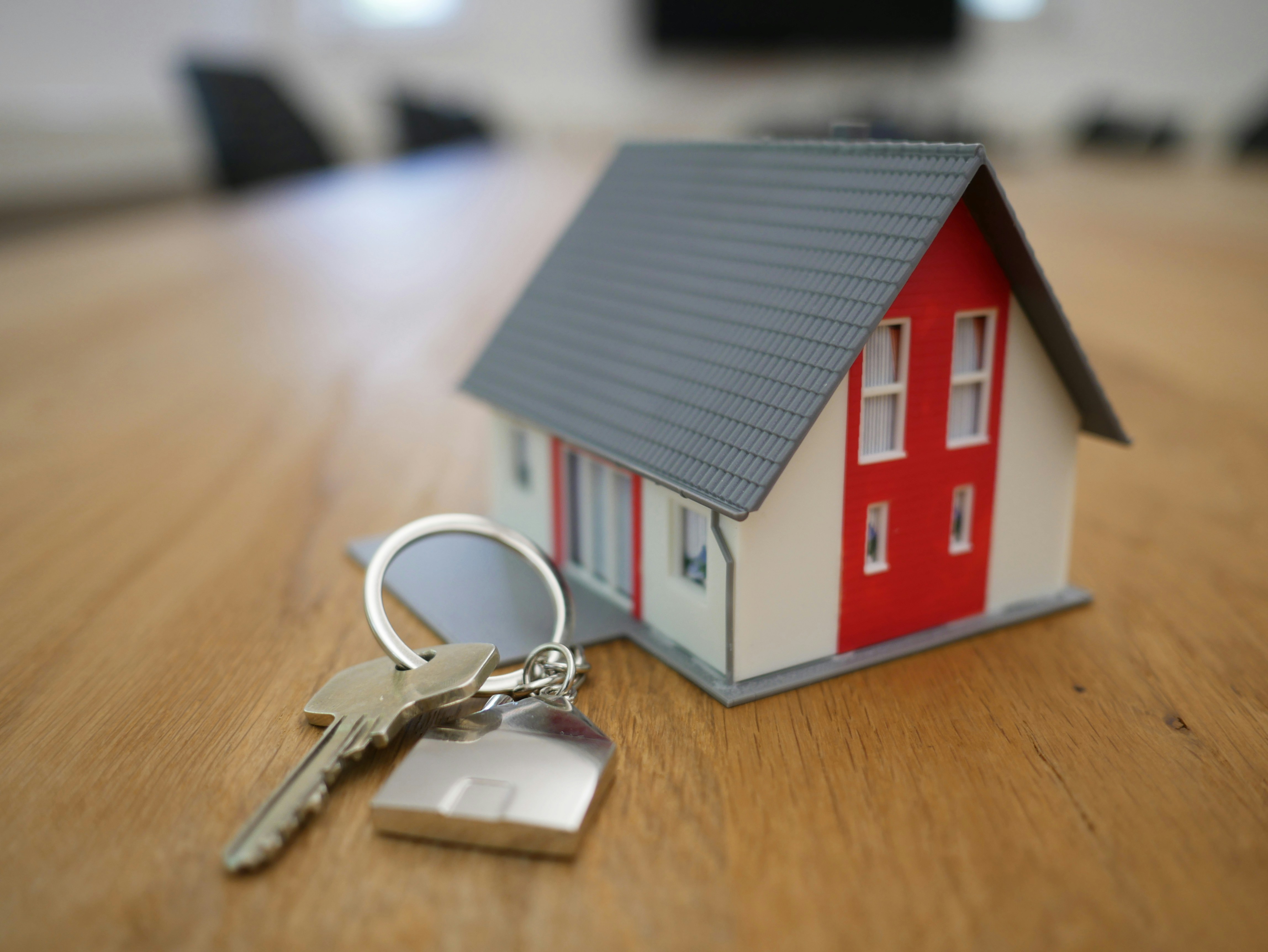
So, what even is SDLT?
To put it very simply: it’s a tax you pay when you buy property. The more expensive the property, the more you’ll pay. It’s not part of your mortgage, and it’s due pretty quickly after you buy, so you will need to budget for it.
Here’s what’s changed:
Lower tax-free allowance
You used to pay nothing on the first £250,000 of a property’s price. Now, that’s dropped to £125,000. So if you’re buying a property worth anything more than £125,000 you will be required to pay SDLT.
First-time buyers get less help
The special relief for first time buyers has been cut. You now pay no SDLT up to £300,000 (reduced from £425,000). Relief only applies to properties up to £500,000 if your property costs more, you get no relief (discount).
Second homes = bigger bill
Buying an extra property (like a buy-to-let or holiday home)? The extra SDLT charge has gone up from 3% to 5%.
What this means for buyers:
You’ll need more cash up front. A £300K home that used to be tax-free for first-time buyers could now cost you thousands in SDLT.
Tips to stay ahead:
Use an SDLT calculator to check what you’ll owe
Get a proper valuation — ideally RICS-accredited such as our inhouse RICS Valuation service
Don’t forget moving, repairs, and furniture costs
Source GOV.UK






